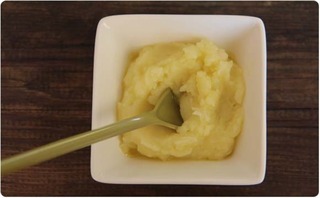 'Aioli', ‘All-i-Oli’ or ‘Ajo Aceite’ in Castillian Spanish, is probably the simplest and one of the hardest recipes you will ever try to make. Simple, because traditionally it only has three ingredients, and hard because it will make you break out in a sweat, especially if you make it in summer!
'Aioli', ‘All-i-Oli’ or ‘Ajo Aceite’ in Castillian Spanish, is probably the simplest and one of the hardest recipes you will ever try to make. Simple, because traditionally it only has three ingredients, and hard because it will make you break out in a sweat, especially if you make it in summer!
All-i-Oli is often translated and served as garlic mayonnaise but in fact, it is not mayonnaise at all, it's not far off mayonnaise but it isn’t mayonnaise.
This is probably the recipe where your choice of olive oil is most important as it is the main ingredient and is pretty much 90% of the final product. So if you want to make it you need to find a very good quality extra virgin olive oil, which is fruity but not too bitter and not very pungent. The variety Arbequina is by far the best due to its high quantity of linoleic acid (an essential fatty acid) that favours the cohesion of emulsions and sauces. However, any good extra virgin will do. Cornicabra is very popular as is Serrana de Espadán here in Valencia. But if you can’t find these varieties look for an Extra Virgin ‘Suave’. I have read many recipes throughout the net suggesting sunflower oil and refined oils for this recipe. Please do not use these types of oils as they will definitely not give you the same result and are far less healthy.
The recipe I am going to share with you is the authentic one, the one passed on from generation to generation, not the popular garlic mayonnaises being offered around most of Spain (However I will also tell you how to make that towards the end of the post). It is a recipe that dates back thousands of years and has spread all over the Mediterranean so I can assure you it was never made with refined olive oil or sunflower oil. Basically, All-i-Oli is an emulsion of olive oil, garlic and salt, nothing else. The secret to the recipe is in the technique, which does take a bit of practice. This is not mayonnaise, a traditional recipe that originated from Mahon in Menorca, as it does not use egg yolk or lemon. In the case of mayonnaise, it is the egg that acts as the emulsifying agent and with All-i-Oli, it is the garlic that has the emulsion-producing properties.
Ingredients
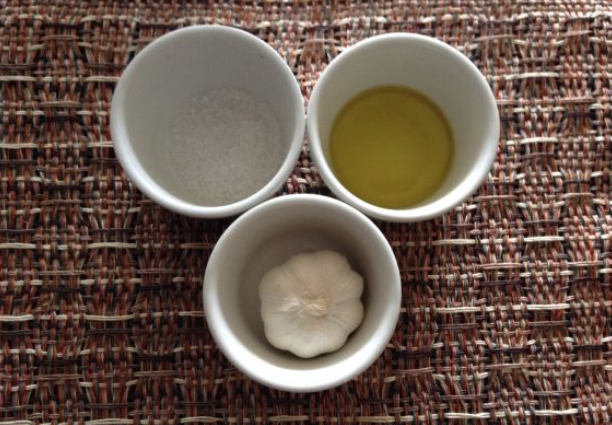
Extra Virgin Olive Oil
Garlic
& Rock Salt
How do we make it the traditional way?
To start with we need a pestle and mortar, not a blender or a mixer, this is a traditional recipe and must be done by hand to achieve the best results.
For this recipe, we will use 100ml of olive oil and 3-4 large cloves of garlic. Depending on how strong you like it you can add more or fewer cloves to the recipe. As this involves a substantial amount of garlic it is a good idea to remove the roots of the cloves before starting. This means slicing it down the middle, and lengthways and taking out the core of the garlic, this will help reduce the characteristic bad breath and the taste of garlic coming back up throughout the day. It is the root of the garlic that our stomach finds so hard to digest and it just seems to linger around for most of the day!
Once the garlic is peeled and the cores removed place them in the mortar with a pinch of rock salt and start grinding them. Once we have a lumpy paste we need to start adding the olive oil. It is very important not to add too much or too quickly. Patience is a virtue with this recipe. Start by adding the oil drop by drop and move the pestle in a circular action from left to right following the hands of the clock. Once you have started this action you should not stop until the Ali Oli is ready.
This is when it gets a bit tiring, as you need to apply force as well and keep the pestle moving at a constant speed to draw out the juice from the garlic. Slowly you start adding more olive oil, little by little but always waiting until the previous dose has blended with the emulsion. This continues until you end up with a thick sauce/paste or find the consistency that you prefer. The whole process can take up to 15 minutes. You will probably have problems along the way to achieve an emulsion, it takes practice and isn’t as easy as it sounds but it is really worth the effort! Here is a video that might help ...
.jpeg)
.jpeg)
For those of you who find it too difficult there are a couple of tricks that help to keep the garlic moist and facilitate the cohesion of the emulsion, one is adding 3 teaspoons of freshly squeezed lemon juice to the mortar at the same time you add the garlic and the salt. This will help you keep the emulsion stable and also reduce a little bit more the pungency of the garlic.
GARLIC MAYONNAISE.....and cheating
Finally, if you prefer garlic mayonnaise, which isn't as strong, the only thing you have to add is an egg yolk (no egg white) to the garlic with the lemon juice before you start adding the olive oil. Another trick which works with either recipe is making a little ball of dough from a loaf of sliced bread and wetting it with water. You add this dough ball when you add the egg or just before adding the oil and grind it into the mixture, this will help create the emulsion and stop it from separating!
No time? Don't mind cheating a little?....
Although this may be cheating I know dozens of restaurants on the Balearic islands which use this quick method for their popular 'Pan y All-i-Oli' (one of them told me about it) and it goes down a treat, I use it too and to be honest and I have grown to love it!. Sometimes I just find All-i-Oli too strong and this is just perfect. All you will need is the following:
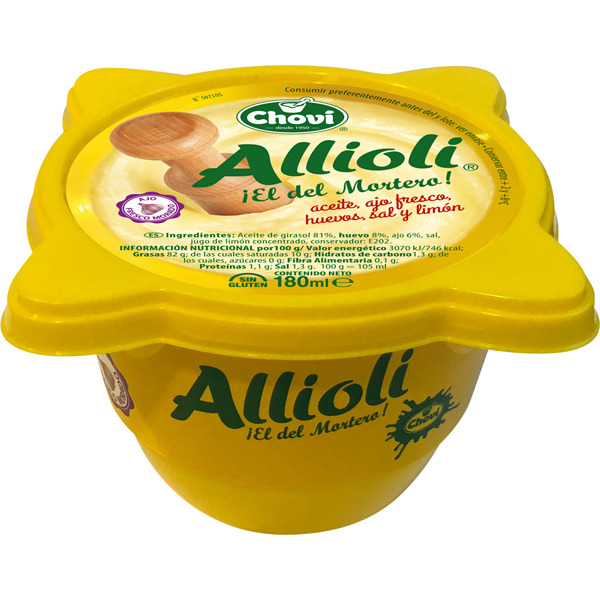
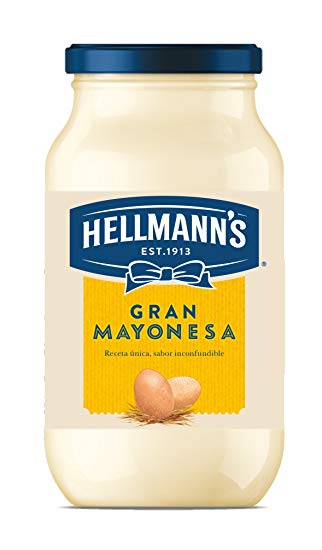
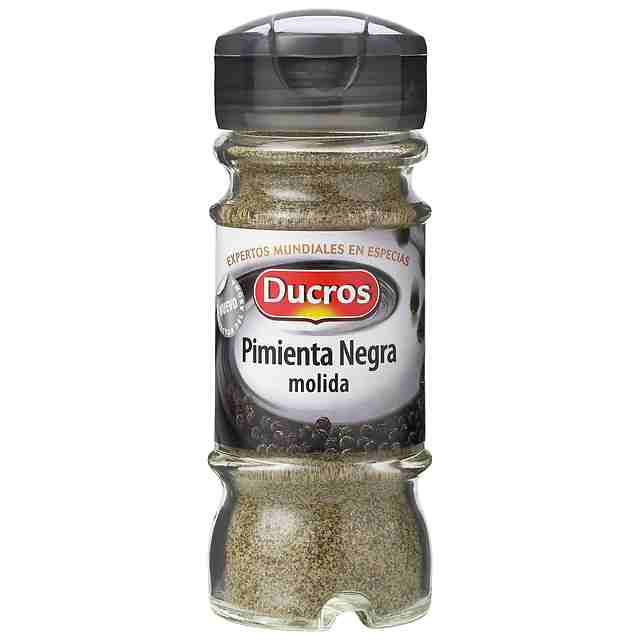
1. Tub of fresh All-i-Oli from the supermarket
2. Hellman's Mayonnaise (Do not substitute for a different mayonnaise)
3. Finely ground Black Pepper
Quite simply add equal parts of Allioli and Hellman's mayonnaise to a bowl and sprinkle in some black pepper. Mix well until completely blended, sprinkle a little chopped parsley on top and serve with some crispy bread.


In Valencia, it is particularly common to eat All-i-Oli with anything from fried potatoes seasoned with paprika or Black rice which is a dish that uses the ink from squids. It is very versatile and fantastic with vegetables, fish and meats so use it to accompany anything you want.